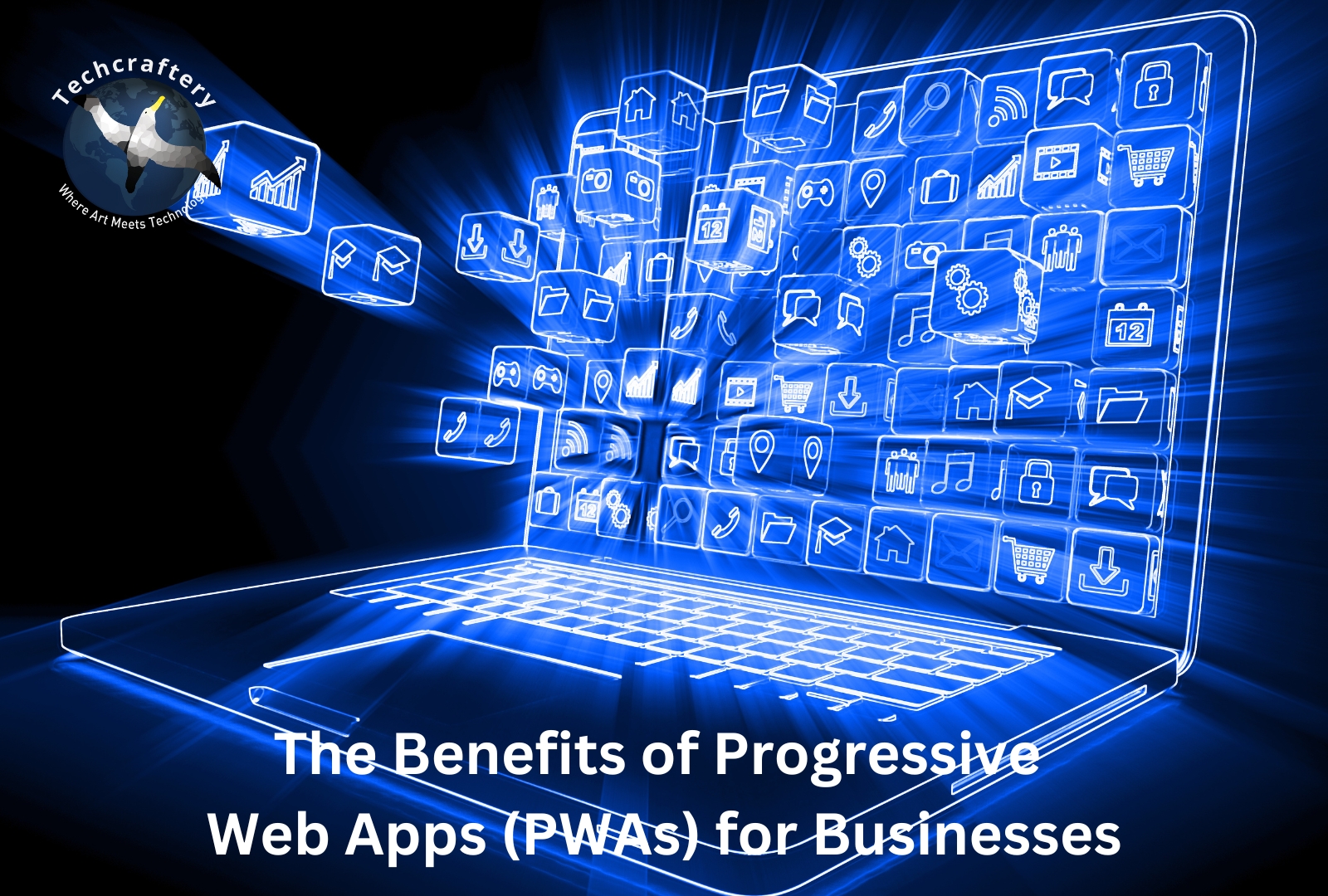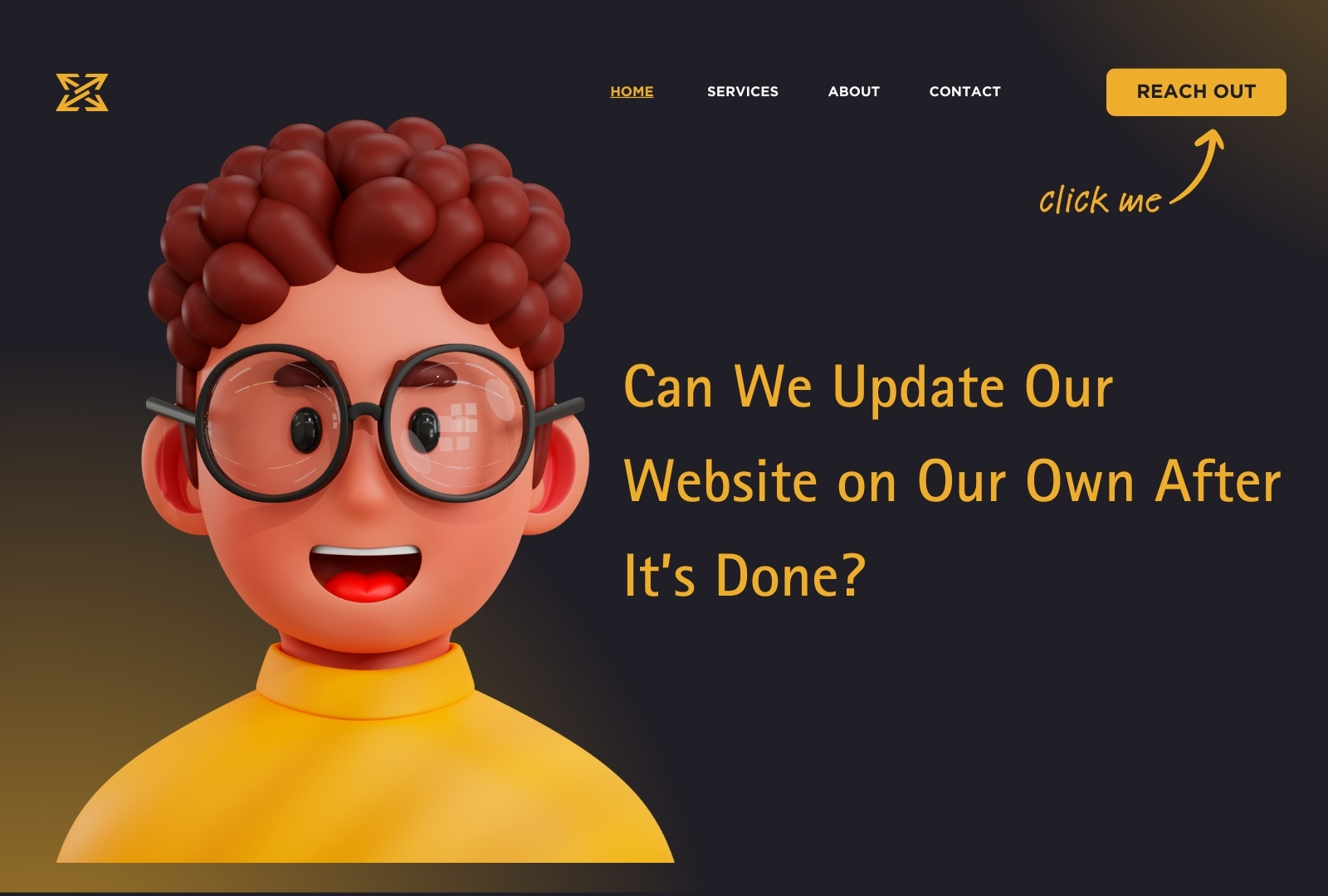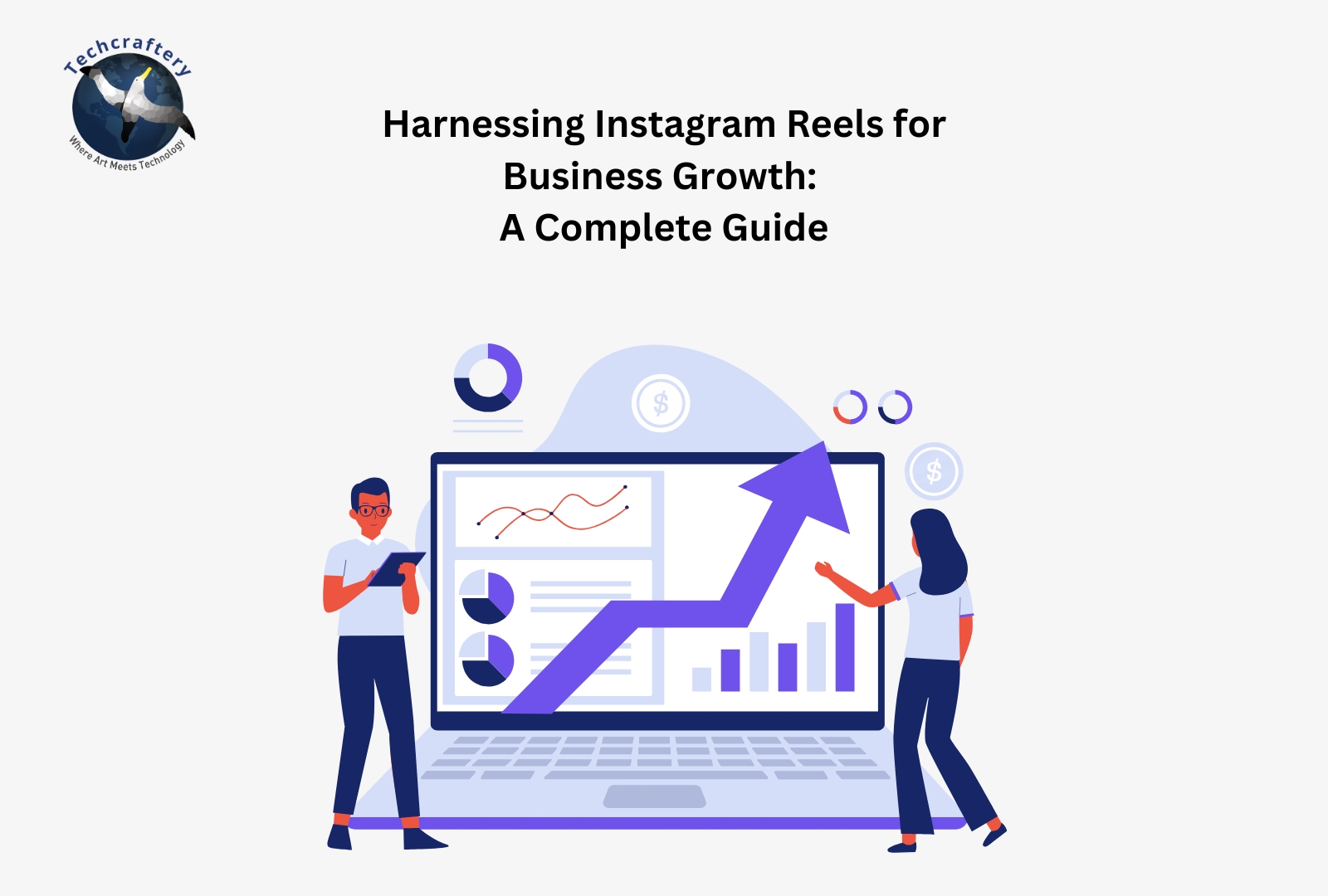In the ever-evolving landscape of technology, businesses are continuously seeking innovative solutions to enhance user experience, streamline operations, and drive engagement. One such solution that has gained significant traction in recent years is the Progressive Web App (PWA). This article delves into the benefits of PWAs for businesses, exploring how they can transform the way organizations interact with their customers and optimize their digital presence.
1. Understanding Progressive Web Apps (PWAs)
Before we explore the benefits, let’s first understand what a Progressive Web App is. PWAs are web applications that leverage modern web capabilities to deliver an app-like experience to users. They combine the best features of websites and mobile applications, offering enhanced performance, reliability, and engagement.
Key characteristics of PWAs include:
- Responsive Design: PWAs are designed to work on any device, whether it’s a smartphone, tablet, or desktop computer.
- Offline Capabilities: PWAs can function without an internet connection, allowing users to access content and perform actions even when offline.
- App-like Experience: PWAs offer a user experience similar to native applications, including smooth animations, fast loading times, and intuitive navigation.
- Automatic Updates: Users receive the latest features and improvements automatically, without needing to download updates.
2. Cost-Effective Development
One of the most significant advantages of PWAs is their cost-effectiveness. Traditional mobile app development requires separate coding for different platforms, such as iOS and Android. This not only increases development time but also adds to the overall cost.
With PWAs, businesses can create a single application that works seamlessly across all devices and platforms. This reduces development and maintenance costs significantly. Furthermore, businesses can allocate their resources more efficiently, focusing on enhancing features and improving user experience rather than maintaining multiple codebases.
3. Improved User Engagement
User engagement is crucial for any business, and PWAs excel in this area. They are designed to provide a seamless and engaging experience, which leads to higher user retention rates. Here’s how PWAs enhance user engagement:
- Push Notifications: PWAs support push notifications, allowing businesses to send real-time updates, reminders, and promotions directly to users. This feature helps in re-engaging users and encouraging them to return to the app.
- Fast Loading Times: PWAs load quickly, even on slow networks, thanks to their caching capabilities. Faster loading times lead to lower bounce rates and increased user satisfaction.
- Smooth Navigation: The app-like experience offered by PWAs ensures that users can navigate effortlessly, enhancing their overall experience and keeping them engaged with the content.
4. Increased Accessibility
Accessibility is a fundamental aspect of web design, and PWAs take it a step further. Since PWAs are accessible through a web browser, users do not need to download an app from an app store. This reduces the friction associated with the user acquisition process.
Moreover, PWAs can be added to the home screen of mobile devices, providing users with easy access to the app. This convenience leads to higher usage rates and increased brand visibility.
5. Enhanced Performance and Speed
Performance is a critical factor that influences user experience. PWAs utilize service workers, a technology that enables caching and background data synchronization. This results in:
- Offline Functionality: Users can still access content and perform actions even when they are offline, improving usability and engagement.
- Faster Load Times: By caching resources, PWAs load instantly, regardless of network conditions. This speed is crucial for retaining users, as slow-loading apps often lead to frustration and abandonment.
- Reduced Data Consumption: PWAs are optimized for performance, resulting in lower data usage compared to traditional web apps. This is particularly beneficial for users with limited data plans.
6. SEO Benefits
In today’s digital age, search engine optimization (SEO) is essential for driving organic traffic to a business’s website. PWAs offer several SEO advantages:
- Indexable Content: Since PWAs are built on standard web technologies, search engines can easily index their content. This improves the chances of ranking higher in search results.
- Improved User Experience: Google considers user experience as a ranking factor. PWAs, with their fast loading times and smooth navigation, provide an excellent user experience, which can positively impact SEO rankings.
- Higher Engagement Metrics: The engagement features of PWAs, such as push notifications and offline access, can lead to increased time spent on the site, lower bounce rates, and improved conversion rates. All these factors contribute to better SEO performance.
7. Offline Capabilities
One of the standout features of PWAs is their ability to function offline. This is particularly advantageous for businesses that operate in areas with unreliable internet connections. Offline capabilities allow users to:
- Access Content Anytime: Users can view previously loaded content without an internet connection, ensuring they always have access to important information.
- Perform Actions: Many PWAs allow users to perform actions offline, such as filling out forms or making purchases. These actions are synchronized with the server when the connection is restored.
This offline functionality is a significant benefit for industries such as travel, retail, and education, where users may not always have reliable internet access.
8. Increased Conversion Rates
Ultimately, the goal of any business is to convert visitors into customers. PWAs have been shown to increase conversion rates significantly. Here’s how:
- Streamlined User Experience: The smooth and intuitive design of PWAs reduces friction during the user journey. This leads to higher completion rates for actions such as sign-ups, purchases, and form submissions.
- Faster Checkout Processes: For e-commerce businesses, PWAs can simplify the checkout process, resulting in fewer cart abandonments and increased sales.
- Personalization: PWAs can offer personalized experiences based on user behavior and preferences. Tailored content and recommendations can lead to higher engagement and conversions.
9. Security Features
Security is a top concern for businesses and users alike. PWAs offer enhanced security features that help build trust with users. Some of these features include:
- HTTPS Protocol: PWAs must be served over HTTPS, ensuring that all data exchanged between the user and the server is encrypted. This protects sensitive information, such as payment details and personal data.
- Automatic Updates: Since PWAs are updated automatically, users always have access to the latest security features and bug fixes, reducing vulnerabilities.
- Reduced Risk of Malware: PWAs are less susceptible to malware attacks compared to traditional native apps, which can be downloaded from unverified sources.
10. Compatibility Across Devices
In an increasingly diverse digital landscape, compatibility across devices is crucial. PWAs are designed to work seamlessly on various devices and operating systems. This cross-platform compatibility ensures that businesses can reach a wider audience without the need for multiple versions of their app.
Users can access PWAs on:
- Smartphones: PWAs provide a mobile-friendly experience, making them ideal for users on the go.
- Tablets: The responsive design of PWAs adapts to different screen sizes, ensuring a consistent experience on tablets.
- Desktops: PWAs can be accessed through a web browser on desktop computers, allowing users to engage with the content from any device.
11. Easy Maintenance and Updates
Maintaining traditional native apps can be cumbersome, as updates need to be pushed through app stores and may require user action to install. PWAs simplify this process significantly:
- Seamless Updates: PWAs are updated automatically without requiring any action from users. This ensures that all users have access to the latest features and improvements.
- Centralized Codebase: With a single codebase for all platforms, businesses can streamline their maintenance efforts, reducing the time and resources required to keep the app up to date.
12. Valuable Analytics and Insights
Data is key to making informed business decisions. PWAs can provide valuable analytics and insights into user behavior, allowing businesses to optimize their strategies.
- User Engagement Metrics: PWAs track user engagement metrics such as time spent on the app, click-through rates, and conversion rates. This data helps businesses understand user preferences and improve their offerings.
- Performance Analysis: PWAs can provide insights into loading times, offline usage, and other performance-related metrics, enabling businesses to identify areas for improvement.
13. Competitive Advantage
In a competitive market, businesses must differentiate themselves to attract and retain customers. Implementing a PWA can provide a significant competitive advantage:
- Innovative Technology: Adopting PWAs showcases a business’s commitment to leveraging innovative technology for a better user experience. This can enhance brand perception and attract tech-savvy customers.
- Enhanced Customer Satisfaction: By offering a fast, reliable, and engaging experience, businesses can foster customer loyalty and encourage repeat visits.
- Adaptability: As technology continues to evolve, businesses that embrace PWAs demonstrate their adaptability and willingness to stay ahead of the curve





